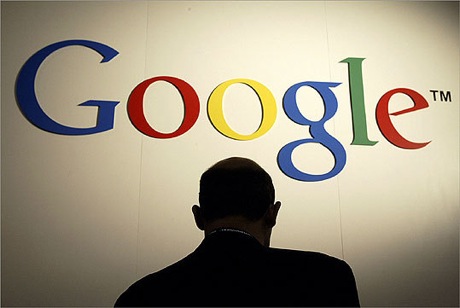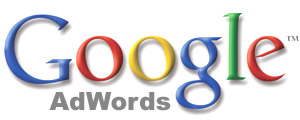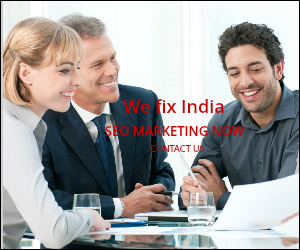Factors that Impact Search Results
Do you ever wonder the factors that impact your search results?
How does web traffic reflect your web site rank?
Traffic has a direct impact to your web site’s rank among Google search results. The higher the rank, the more traffic you get. There are specific algorithms that Google and other search engines use to rank web sites, which are secretly guarded. Google uses over 200 ranking factors. SEO involves tailoring your website to ranking criteria.
Ranking algorithms is the part of the search engine that decides which pages show up at the top of the results list. Organic ranking is complicated. Ranking algorithm is the mathematical formula a search engine uses to score page against the query to see which pages are the closest matches.
The two main factors are page factors and query factors.
Page factors- Web search ranking algorithms rely heavily on components that have nothing to do with query entered.
1. Strength of links to a page
2. Number of visits to the page and more
These factors boost the rankings for searches on any word that occurs on that page.
Query Factors – The query that the search enters weighs heavily. The number of occurrences of words in the query, where they are found on the page, title, and body. Other elements are weighed in the search engines regarding rankings.




















